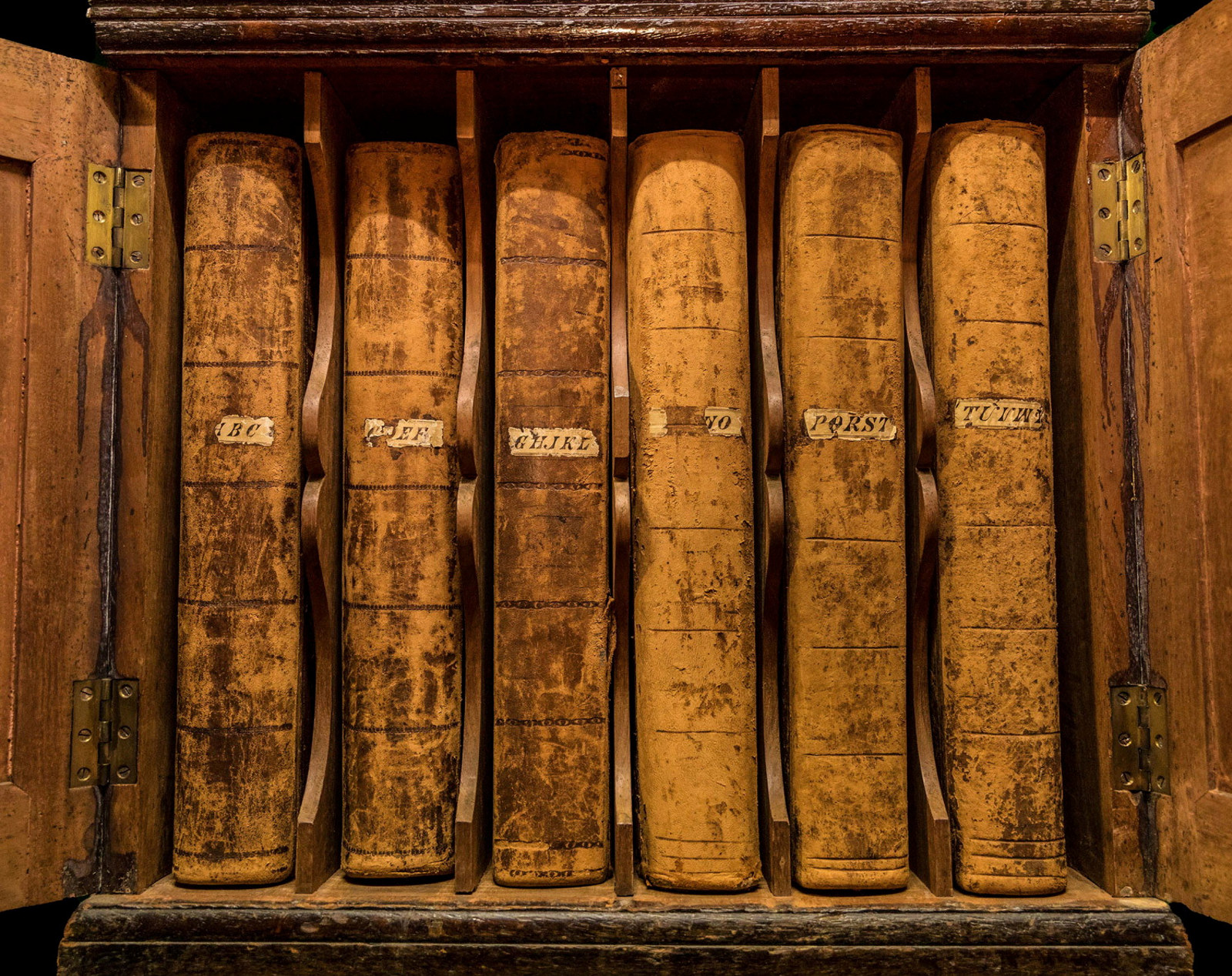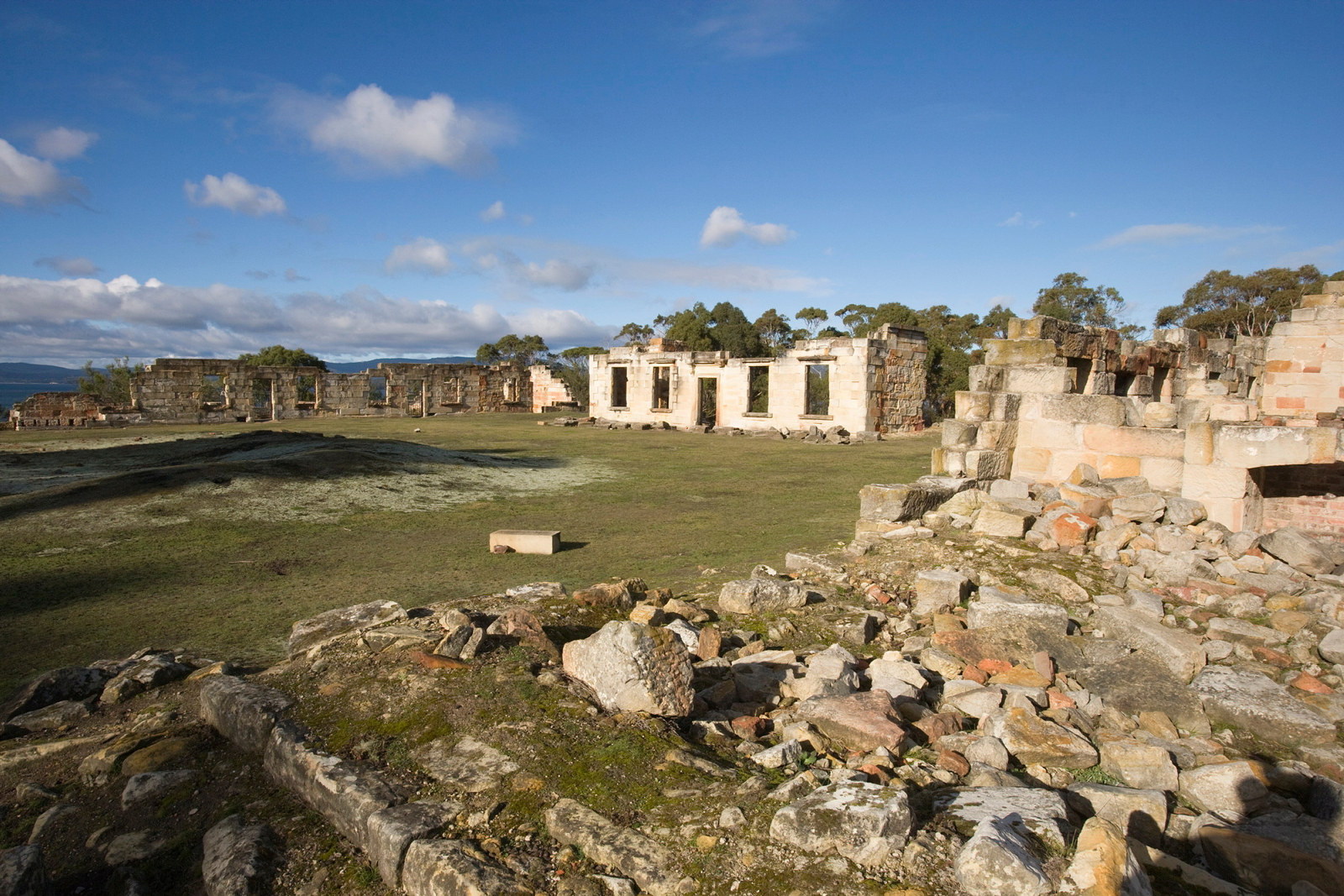Ten years on
Australian Convict Sites UNESCO World Heritage listing
On 31 July 2020, the Hyde Park Barracks and ten other sites that make up the Australian Convict Sites World Heritage Property marked their tenth anniversary on the UNESCO World Heritage List.
July 2010 was a moment of great excitement for the Historic Houses Trust of NSW (HHT; now Museums of History NSW) as we waited for the United Nations Educational, Scientific and Cultural Organization (UNESCO) World Heritage Committee, meeting in Brasilia, to confirm whether the Australian Convict Sites inscription on the World Heritage List would proceed. Many years in the making, the proposed listing brought together 11 historic sites associated with the transportation of convicts to Australia – a system that has been described as ‘the greatest penal experiment of all time’,1 representing the ‘largest forced exile of citizens at the behest of a European government in modern history’.2
British transportation of convicts to Australia was ‘the world’s first conscious attempt to build a new society on the labour of convicted prisoners’.3 Over a period of 80 years, between 1788 and 1868, more than 160,000 convicted men, women and children arrived in Australia. Together, the 11 sites represent the physical evidence of this forced migration and demonstrate the harsh application of global ideas and practices related to the punishment and reform of criminals during the late 18th and early 19th centuries. They include centres of convict administration and convict worksites, as well as some of the harsher penal settlements.
The 11 Australian Convict Sites are listed below.
Outstanding Universal Value
The World Heritage listing is framed in terms of the properties’ ‘Outstanding Universal Value’, meaning the Australian Convict Sites are considered ‘so exceptional, as to transcend national boundaries and to be of common importance for present and future generations of all humanity’.4 The listing recognises the human impact and consequences of the convict system represented by the physical evidence of the 11 sites.
The challenge of managing, conserving and presenting the Outstanding Universal Value at a serial World Heritage Property has required a commitment to ongoing collaboration between different state and federal jurisdictions as well as private owners. This has been successfully guided by the Australian Convict Sites Steering Committee, made up of representatives from the relevant jurisdictions and component sites. A tiered model of shared responsibility guides the management of the individual places and their contribution to the long-term presentation and transmission of the world heritage values.
Ten years on from the 2010 listing, individual sites have completed significant projects, including research, archaeological investigations, new interpretation and new visitor facilities. Implemented under the guidance of their respective management plans, these align with the management framework so as to meet the demands of increasing numbers of local and international tourists while ensuring the Outstanding Universal Value of the property is preserved and enhanced.
Truth-telling
Internationally, the Australian Convict Sites are the only Property to have been inscribed on the World Heritage List because it ‘illustrates an active phase in the occupation of colonial lands to the detriment of’ First Peoples.5
The colonial system in Australia and the settlements established by convicts forced Aboriginal nations off their lands and plundered their resources, devastating their way of life. Over the next ten years, further research and truth-telling on the impacts of the convict system on Aboriginal Country and communities, however difficult this may be for all Australians, need to be undertaken.
Hyde Park Barracks
This year also marks 30 years since the Hyde Park Barracks – an extraordinary physical record of early colonial Australia – came under the care and ownership of the HHT in 1990.
In 2019, 200 years after the Hyde Park Barracks was built, MHNSW embarked on the most ambitious renewal of the site since its opening as a ‘museum of itself’ in 1991. The new interactive visitor experience opened in February 2020, with a focus on presenting the world heritage values in an exciting and immersive way. Through evocative storytelling, it brings to life the convict origins of colonial Australia and its impact on Aboriginal nations. It also displays thousands of items from one of Australia’s most important archaeological collections.
Australian Convict Sites
- Kingston and Arthur’s Vale Historic Area, Norfolk Island (active 1788–1814 and 1824–55)
- Old Government House and Domain, Parramatta Park, NSW (1788–1856)
- Hyde Park Barracks, Sydney, NSW (1819–48)
- Brickendon-Woolmers Estates, Longford, Tasmania (1820–50s)
- Darlington Probation Station, Maria Island National Park, Tasmania (1825–32 and 1842–50)
- Old Great North Road, Wiseman’s Ferry, NSW (1828–35)
- Cascades Female Factory, Mount Wellington, Tasmania (1828–56)
- Port Arthur Historic Site, Port Arthur, Tasmania (1830–77)
- Coal Mines Historic Site, Norfolk Bay, Tasmania (1833–48)
- Cockatoo Island Convict Site, Sydney, NSW (1839–69)
- Fremantle Prison, Fremantle, Western Australia (1852–86)
Explore the sites at australianconvictsites.org.au. An achievement of the Australian Convict Sites Steering Committee, this website was established in 2019 to provide a single digital repository for the public and researchers to access information and research material relating to the Australian Convict Sites World Heritage Property.
Notes
- K Daniels, Convict women, Allen & Unwin, St Leonards, NSW, 1998.
- R Hughes, The fatal shore, Random House, Knopf, New York, 2003.
- Australian Convict Sites: World Heritage Nomination, Department of the Environment, Water, Heritage and the Arts, Canberra, 2008.
- UNESCO, Operational guidelines for the implementation of the World Heritage Convention, World Heritage Center, 19/01, 10 July 2019: Paragraph 49.
- UNESCO, Australian Convict Sites (Australia) No 1306, World Heritage Center, Advisory Body Evaluation (ICOMOS) Report (WHC-10/34.COM/INF.8B1), 2010.
Published on
Related

1828 Census
Browse the digitised alphabetical returns. This was the first official census undertaken by NSW and covers some 36,500 inhabitants, both convict and free

The Churchill Fellowship
What puts some heritage sites on visitors’ ‘bucket lists’ while others languish? Dr Caroline Butler-Bowdon explored this question in an international tour of leading institutions

Convict Sydney
Australian convict sites
In 2010 a group of 11 historic places scattered across Australia were inscribed on the World Heritage List. This is the first time sites connected to penal transportation have been included

Hyde Park Barracks: Australian Convict Sites World Heritage listing
In 2010, the Hyde Park Barracks, along with ten fellow Australian convict places and institutions, was placed on UNESCO’s prestigious World Heritage list
